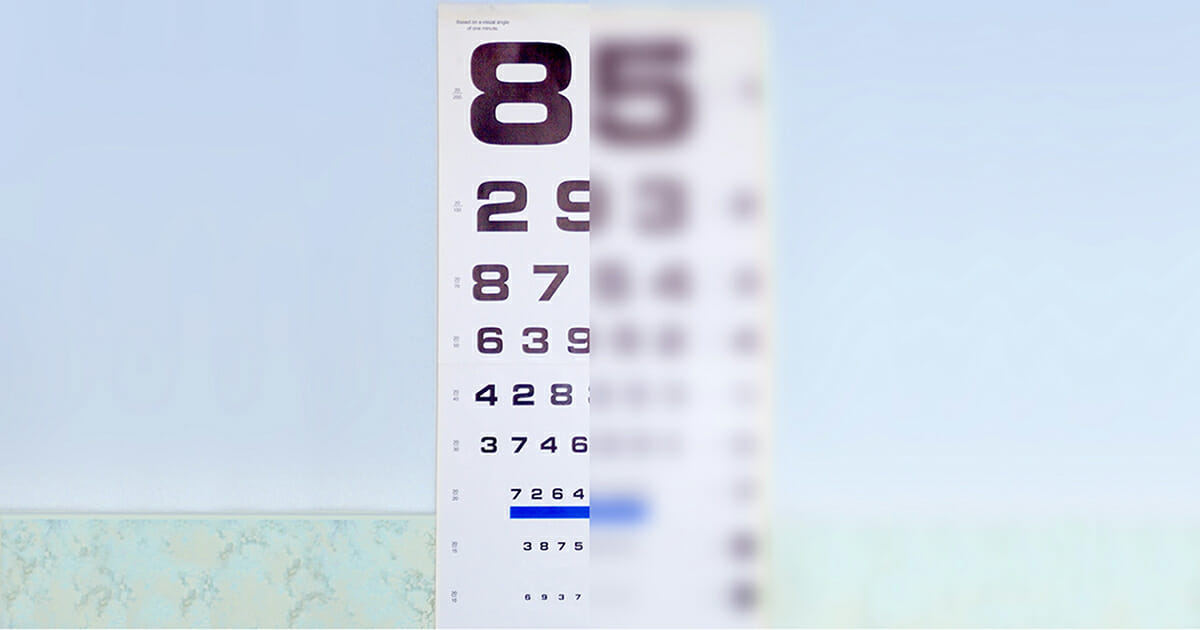What is Eye Donation?
Did You Know: While the term “eye donation” is common, there is no whole eye transplantation. Most often only corneal tissue is recovered for transplantation.

While whole eye transplants are not currently possible, surgeons have replaced parts of the eye with donor tissue for many years. These transplants help restore sight to more than 84,000 men, women, and children each year and have helped more than 1,800,000 people worldwide since 1961.
About Cornea Donation
The cornea is the clear dome-like window covering the pupil that lets light pass through to the retina, allowing us to see. Corneal transplantation is the most common type of eye transplant because a healthy, clear cornea is needed for good vision. A cornea that is injured or damaged by disease can become swollen or scarred which can cause blurry vision.
In corneal transplant, the damaged cornea is removed by a surgeon and replaced with a clear donor cornea. While this type of transplant is the most common related to the eye, it is not the only way people are able to regain the gift of sight through transplant.
How Cornea Donation Helps
A cornea donation can be lifesaving and lifegiving. Corneal transplants successfully restore vision to recipients 95% of the time. Additionally, cornea transplants reduce pain and improve the appearance of unhealthy cornea.
Other Uses for Eye Donations
While whole eye donations cannot be used for transplant, they can be used for research and education. Whole eye research has lead to advancements in the understanding of the cause and effects of conditions such as glaucoma, retinal disease, eye complications of diabetes and other sight disorders. This research can lead to new treatments and possibly cures.
Who Can Donate Corneal Tissue?
Most people are potential cornea donors because age, eye color and eyesight are not factors for donation. Additionally, a cornea donor’s blood type does not have to match the recipients blood type. Which means that everyone is a universal donor for corneal tissue!
 Skip to main content
Skip to main content
